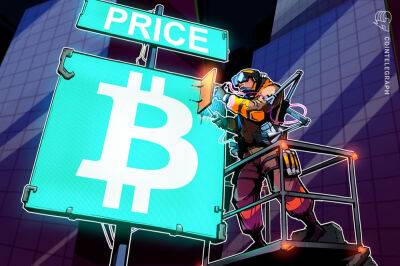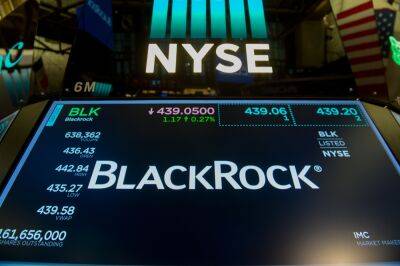3 Bitcoin trading behaviors hint that BTC’s rebound to $24K is a ‘fakeout’
Bitcoin (BTC) price rallied toward $24,200 on July 28 after a near-10.5% surge that began a day earlier.
The gains appeared after Federal Reserve Chairman Jerome Powell signaled intentions to slow down the Fed's prevailing tightening spree. This prompted some Bitcoin analysts to predict short-term upside continuation, with pseudonymous analyst CryptoHamster seeing BTC at $26,000 next.
It seems that the downside breakout was a false one, and the bullish flag has been validated. Let's see how fast $BTC can reach those targets. #bitcoin $BTCUSD $ETH $ETHUSD #ビットコイン #биткойн #比特币 https://t.co/v6x4Ka23L7 pic.twitter.com/nKoEV8440X
But BTC's potential to recover entirely from its ongoing bearish slumber appears low for at least three key reasons.
Bitcoin established its record high of $69,000 in November 2022. Since then, the cryptocurrency has declined by more than 60% while undergoing several mini pumps on its way down.
On the daily chart, Bitcoin has rebounded at least five times since November 2021, securing 23%-to-40% gains on each recovery. Nonetheless, it has continued its correction every time after forming a local price top around its exponential moving averages (EMA) and then falling to new yearly lows.
This time looks no different, with Bitcoin facing a bullish rejection in June and recovering nearly 17% a month later. Notably, BTC price faces interim resistance in its 50-day EMA (the red wave) at around $23,150, with a breakout clearing its way toward $27,000, coinciding with the 100-day EMA (black).
At $27,000, the price would still form a lower high compared to the previous local tops. So, that technically raises the possibility of another bearish continuation move.
Interestingly, the volume behavior during the ongoing
Read more on cointelegraph.com




















